
Termite Control for Singaporean Restaurants and Cafes
October 21, 2023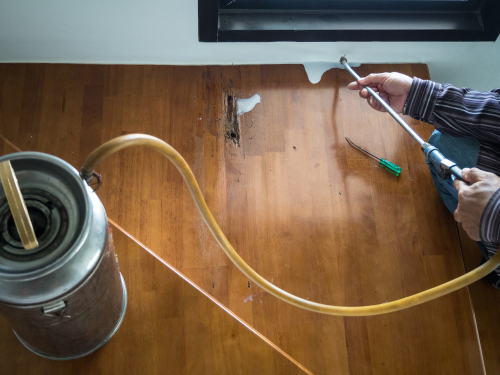
Post-Treatment Care: Maintaining a Termite-Free Home
January 10, 2024The Lifecycle of Termites: Understanding the Enemy
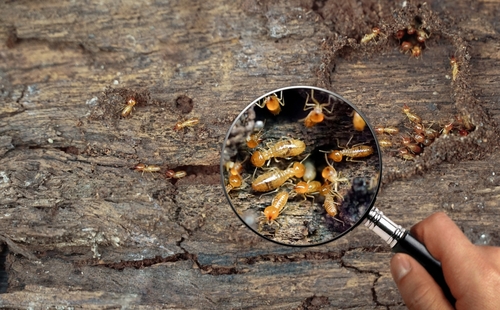
The Lifecycle of Termites Understanding the Enemy
The Lifecycle of Termites: Understanding the Enemy. Termites are prevalent in many homes, causing significant structural damage due to their wood-consuming habits.
Understanding their lifecycle is essential for effective termite management and control.
A deep understanding of the termite lifecycle enables homeowners and pest control professionals to develop more targeted and effective control strategies.
By identifying and targeting specific stages in the termite lifecycle, interventions can be more precisely applied for maximum effectiveness.
Read on – The Lifecycle of Termites: Understanding the Enemy:
What Are Termites?
Termites are social insects that live in colonies. They are known for their destructive nature, particularly in residential areas where they can cause severe structural damage to wooden elements of buildings.
The most common types of termites found in homes include subterranean termites, drywood termites, and dampwood termites.
Each species has unique characteristics and requires different control methods.
The Beginning: Termite Eggs and Nymphs
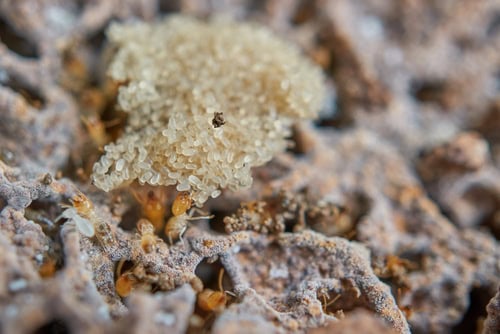
The Egg Stage: Start of the Termite Lifecycle
The lifecycle of a termite begins with the egg stage. The queen termite lays eggs, which the worker termites tend. These eggs eventually hatch into nymphs.
Nymph Stage: Development into Young Termites
Nymphs undergo several molts as they grow. During these stages, they develop into the various castes of the termite colony: workers, soldiers, or reproductives.
The Caste System in Termites
Understanding the Termite Caste System
The termite colony is divided into a caste system, which includes workers, soldiers, and reproductives. Each caste plays a specific role in the colony.
Roles of Different Castes
- Worker termites are responsible for foraging for food and caring for the other members of the colony.
- Soldier termites protect the colony from predators and other threats.
- Reproductive termites, including the king and queen, are responsible for reproducing and expanding the colony.
Growth and Development: From Nymph to Adult
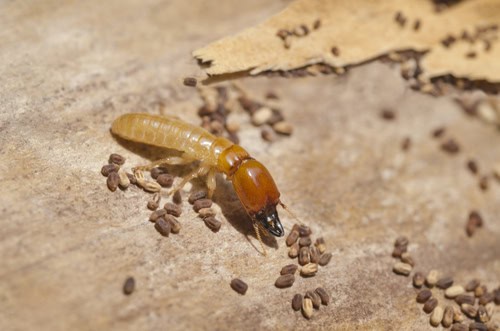
The Growth Process of Termites
As nymphs grow, they go through a series of molts, gradually taking on the characteristics of their respective castes.
This growth process is influenced by various factors, including the colony’s needs and environmental conditions.
Factors Influencing Termite Development
Environmental factors such as temperature, humidity, and food availability can significantly influence the development and growth of termite nymphs into their adult forms.
The Role of the Queen Termite
The queen termite plays a critical role in the colony. She is the primary egg-layer, and her presence and health are essential for the colony’s survival and growth.
Queen termites can live for several years and in some species, up to a decade or more.
They are usually larger than other colony members and spend their lives laying eggs to ensure the colony’s continued growth.
Mating and Reproduction
Reproductive termites, or swarmers, leave the colony during certain times of the year to mate and establish new colonies. This swarming process is a critical aspect of the termite lifecycle.
After mating, the female swarmer becomes the queen of a new colony, laying eggs to start a new termite generation. This process ensures the spread and continuation of the termite species.
The Significance of the Worker Termites
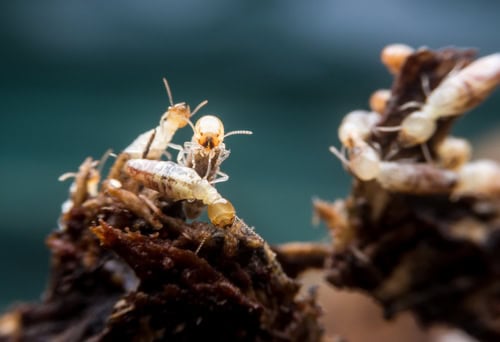
Worker termites are the backbone of the termite colony. They are responsible for foraging for food, feeding the other colony members, and maintaining and expanding the nest.
The worker termites’ relentless work ensures the colony’s survival and expansion.
They play a crucial role in the colony’s ability to thrive and cause damage to homes.
Soldier Termites: The Colony’s Defense
Soldier termites serve as the colony’s defense mechanism. They are equipped with large mandibles and other adaptations to protect the colony from predators and other threats.
Soldier termites have physical adaptations such as larger mandibles and a more robust exoskeleton, which enable them to effectively defend the colony.
The Swarming Process
Swarming is a natural process in the termite lifecycle where reproductive termites leave their colony to mate and establish new colonies.
Swarming typically occurs in warm weather, often after rain.
Significance of Swarming in Termite Lifecycle
Swarming is crucial for the spread and continuation of termites. It is during this process that new colonies are formed, ensuring the species’ survival.
Lifecycle Variations Among Different Termite Species
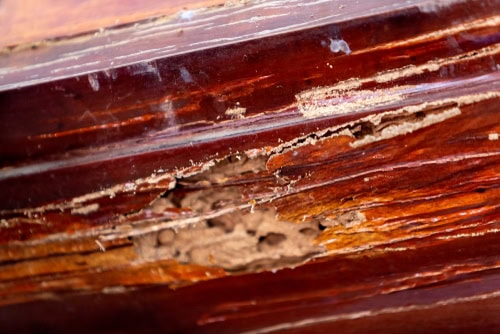
Different termite species, such as subterranean, dry wood, and damp wood termites, have variations in their lifecycle.
These differences can affect how they invade homes and the strategies required to control them.
Each termite species has adapted to specific environmental conditions, which influences their distribution, behavior, and the likelihood of infesting homes.
Impact of Termite Lifecycle on Home Infestations
Understanding the lifecycle of termites, including their swarming and reproduction habits, can aid homeowners and pest control professionals in identifying and target vulnerabilities for effective termite management.
Targeting specific stages in the termite lifecycle, such as the swarming or nymph, can lead to more effective control and prevention strategies.
Frequently Asked Questions
How long does a termite live?
The lifespan of a termite varies by caste. Worker and soldier termites typically live for 1-2 years, while queen termites can live much longer, often several years to over a decade, depending on the species.
What time of year do termites typically swarm?
Termites generally swarm in warm weather, often in the spring or early summer. The exact timing can vary depending on the species and environmental conditions.
Can termites reproduce without a queen?
In some termite species, if the queen dies, other reproductive termites or nymphs can develop into secondary reproductives to take over her role.
How quickly can a termite colony grow?
Termite colony growth is gradual but steady. Depending on the species and environmental conditions, a mature colony can contain thousands to millions of termites.
Are all termites harmful to homes?
Not all termite species are equally destructive to homes. However, most species that infest homes, such as subterranean and drywood termites, can cause significant structural damage.
The Lifecycle of Termites: Understanding the Enemy – Conclusion
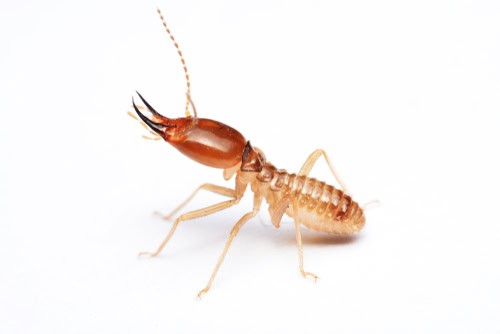
Understanding the lifecycle of termites is crucial in developing effective strategies for managing and controlling these pests.
It provides valuable insights into their behavior, growth, and development, essential for identifying vulnerabilities and targeting interventions.
Homeowners and pest control professionals are encouraged to take proactive measures in termite management.
By understanding the lifecycle of termites, they can develop more effective control strategies, prevent infestations, and protect homes from the significant damage these pests can cause.
Are you seeking professional termite control services in Singapore? Contact us today!




